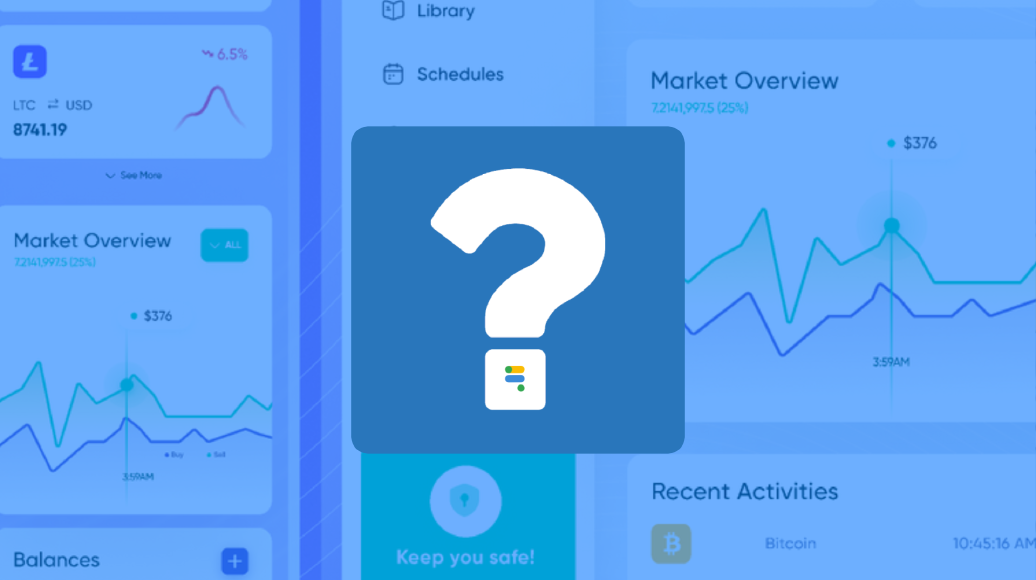In this article, we will dive into the differences between Google Ads conversion tracking and GA4 conversion tracking. So, buckle up and get ready to navigate the world of data-driven marketing!
Understanding Conversion Tracking
Before we jump into the specifics of Google Ads and GA4 conversion tracking, let’s take a moment to understand what conversion tracking is all about.
Essentially, conversion tracking allows you to measure your marketing efforts’ effectiveness in driving desired actions on your website or app. Conversion tracking is not just about tracking the number of conversions but also provides valuable insights into user behaviour and engagement. By monitoring and analysing user interactions on your digital platforms, you can better understand how users engage with your content and what actions they take.
Now, let’s delve deeper into the concept of conversion tracking and explore why it is such a crucial aspect of digital marketing.
What is Conversion Tracking?
Conversion tracking is the process of monitoring and analysing user interactions on your digital platforms. It enables you to track actions such as purchases, sign-ups, and downloads, among others. By implementing conversion tracking, you can effectively measure the success of your marketing campaigns and determine the return on investment (ROI) for each campaign.
Conversion tracking works by placing a snippet of code, known as a tracking pixel, on your website or app. This pixel tracks the actions users take, such as completing a purchase or filling out a form, and sends this data back to your analytics platform.
With conversion tracking, you can gain valuable insights into the customer journey, from the initial touchpoint to the final conversion. This data allows you to identify the most effective marketing channels, optimise your campaigns, and allocate your budget more efficiently.
Importance of Conversion Tracking in Digital Marketing
Conversion tracking is a crucial aspect of digital marketing because it provides valuable insights into the performance of your campaigns. By tracking conversions, you can measure your marketing efforts impact and determine your strategies’ success.
One of the key benefits of conversion tracking is that it allows you to identify what is working and what needs improvement. By analysing the data, you can identify which marketing channels, ads, or keywords are driving the most conversions. This information helps you optimise your campaigns and allocate your resources to the most effective channels.
Furthermore, conversion tracking enables you to make data-driven decisions. Instead of relying on assumptions or guesswork, you can use concrete data to guide your marketing strategies. This helps you minimise risks and maximise your ROI by focusing on tactics that have proven to be successful.
Another advantage of conversion tracking is that it provides insights into user behaviour and engagement. By analysing the actions users take before and after conversion, you can gain a deeper understanding of their preferences and motivations. This knowledge allows you to tailor your marketing messages and offers to better resonate with your target audience.
Conversion tracking is a powerful tool that allows you to measure the effectiveness of your marketing efforts and make data-driven decisions. By implementing conversion tracking, you can optimise your campaigns, allocate your resources effectively, and ultimately drive better results for your business.
An Overview of Google Ads Conversion Tracking
Google Ads conversion tracking is a powerful tool provided by Google to help advertisers measure the effectiveness of their ads. Let’s take a closer look at how it works and the benefits it offers.
How Google Ads Conversion Tracking Works
Google Ads conversion tracking operates by placing a code snippet, known as a conversion tracking tag, on the desired page or action you want to track. This tag collects data and sends it to your Google Ads account, allowing you to analyse the performance of your campaigns. Benefits of Using Google Ads Conversion Tracking
There are several benefits to using Google Ads conversion tracking: It provides accurate data on conversions, allowing you to gauge the success of your ads and optimise them accordingly. It lets you set up conversion tracking for various actions, giving you a comprehensive view of user behaviour. It integrates seamlessly with other Google tools, providing a holistic approach to your marketing analysis.
Introduction to GA4 Conversion Tracking
As the digital landscape evolves, so does conversion tracking. GA4 conversion tracking is Google’s latest offering, designed to provide improved insights into user behaviour. Let’s explore what makes it different from traditional Google Ads conversion tracking.
Understanding GA4 Conversion Tracking
GA4 conversion tracking works by utilising advanced machine learning techniques to provide more accurate and detailed data about user interactions. It collects data from multiple touchpoints, enabling a comprehensive understanding of user behaviour across different devices and channels.
Advantages of GA4 Conversion Tracking
One of the significant advantages of GA4 conversion tracking is its ability to track conversions on multiple devices, providing a more holistic view of user journeys. Additionally, GA4 offers more flexibility in defining and tracking conversions, allowing you to adapt to evolving business goals and objectives.
Key Differences Between Google Ads and GA4 Conversion Tracking
Now that we understand the basics of both Google Ads and GA4 conversion tracking let’s dive deeper into the key differences between the two platforms.
Tracking Capabilities
Google Ads conversion tracking focuses primarily on tracking conversions within the Google Ads ecosystem. In contrast, GA4 conversion tracking goes beyond Google Ads and tracks conversions across various channels, providing a more comprehensive view of user behaviour.
Data Analysis and Reporting
When it comes to data analysis and reporting, Google Ads provides a user-friendly interface with robust reporting features. However, GA4 offers more advanced analytics capabilities, allowing you to dig deeper into user behaviour and uncover valuable insights.
Ease of Use
Google Ads conversion tracking is known for its ease of use, making it accessible to marketers of all skill levels. On the other hand, GA4 conversion tracking, with its advanced features, may require a higher level of technical expertise to set up and utilise effectively.
How to Choose Between Google Ads and GA4 Conversion Tracking
Now that you clearly understand the differences between Google Ads and GA4 conversion tracking, you might be wondering which one is right for your business.
Let’s explore a few factors to consider when making this decision.
Determining Your Business Needs
Consider your business goals and objectives. If your primary focus is advertising on Google and you require straightforward conversion tracking, Google Ads conversion tracking may be the better option. However, if you prioritise a more comprehensive understanding of user behaviour across multiple channels, GA4 conversion tracking is worth exploring.
Weighing the Pros and Cons
Take the time to evaluate the advantages and disadvantages of both platforms. Consider factors such as the complexity of implementation, ease of use, and the level of detailed insights you require. Making an informed decision based on your unique business needs is key.
Google Ads and GA4 conversion tracking offer valuable insights into user behaviour and campaign performance. When choosing between the two, consider the specific needs of your business and evaluate the advantages each platform brings to the table. Remember, data-driven decision-making is the foundation of successful digital marketing!


